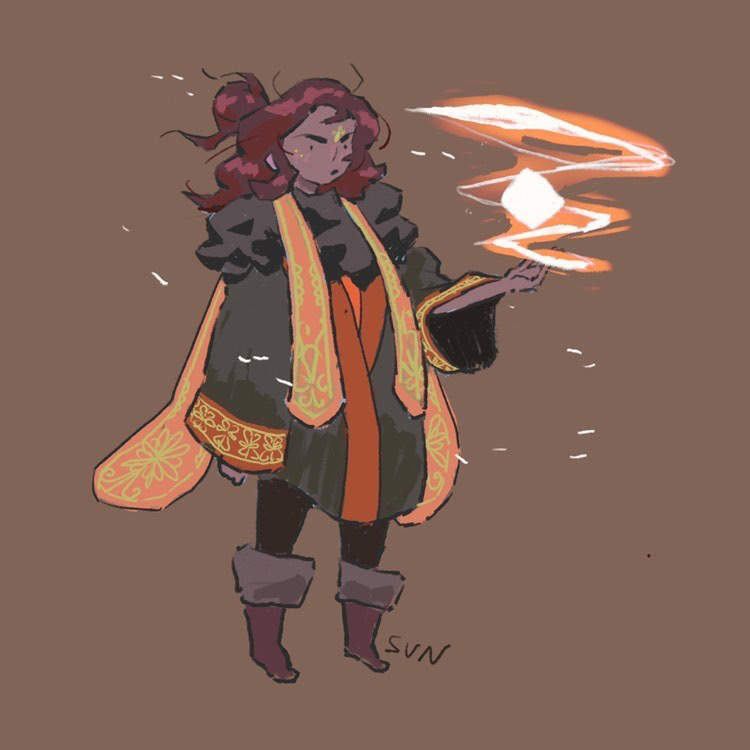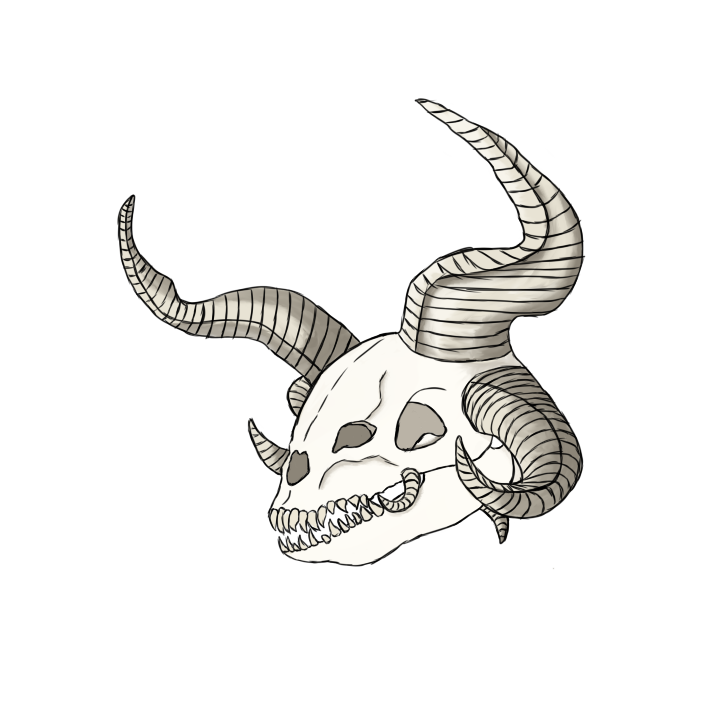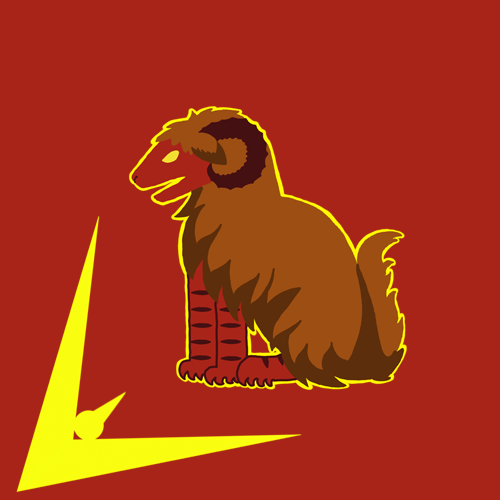Dragons
Subforms
Dragons have been around for thousands of years. As a result, some of them changed physically so as to better adapt to their environemnts and their own needs. They have all been named by Kolbein the Great during his journeys.Dragin
The most common type of dragon. They have four legs and are usually lone creatures. They live nearly everywhere, except on frozen tundras and underwater. The name is a display of Kolbein's great naming skills - he could have just named them 'Dragon', but he felt it wasn't ~special~ enough.
Hynd
These dragons only have two hind legs, hence the name. They don't rely on flight as much as they do on running, so they are faster than any other type of dragon. It is also common to see them traveling in packs of around 4-6 dragons; as a result, they are good at team work and are generally happier when surrounded by their pack.
Salamander
Salamander dragons are those which have 6 or more legs. They will also most likely have wings, though in some cases they don't. These dragons have adapted to tougher, hillier terrain, thus, they're great climbers, but this very ability puts them at disadvantage during chases on plain terrain, because their legs are usually too short or too weak to run properly.Infelix
Infelix dragons are similar to Dragins, with one major difference: they do not have wings. As a result, these dragons had to adapt to life on the ground. This allowed them to become slightly bigger and stronger than their flying counterparts. Not only that, their fire burns hotter and their horns are even harder to break. Their teeth, too, have become bigger and they have an overall stronger jaw. Their legs are great at running, climbing, jumping, and other such actions, though they do not excel at any particular one. They have developed an aggressive, territorial behavior because of how many dragons share space with them. They exist across nearly every biome except the ocean.Vetustus
These dragons have only two front legs. They make up for this by being gigantic creatures. Very few dragons dare to challenge these beasts to a fight, though it's usually not necessary, because these dragons are kind and patient. They are a rare sighting, and are most commonly seen around mountains, so it is assumed that this is their chosen habitat.Hydra
Hydras are regarded as one, if not the, most dangerous type of dragon. They have two or more heads and are very aggressive. They mostly roam around forests, where they can hide very well, though they are also seen a lot on plains, and it is rumored that they are also on the badlands. Their main weakness is that, since it's multiple heads controlling one body, it takes them several weeks, or even months, to properly control the body and be able to fend for themselves, so they are particularly vulnerable when they're hatchlings. And even after that, they may still have some trouble moving.
Glista
Aquaticus
There isn't much to say about this dragon that the name doesn't already say. These dragons live in the ocean and will rarely go near the coast. Some of these dragons have lost their wings and instead have fins to move underwater. Some other dragons have kept their wings and have adapted to a life between water and air.

Magic Shard Dragon
Once again Kolbein displays his truly wonderful naming skills. This dragon, as the name would suggest, has magic shards embedded all over their body
Relevance
Draconic Cultures
Even though the Draconic cultures vastly differ in several aspects, including how they came to be, they all have one thing in common: they see dragons as superior beings. As such, a lot of their lifestyle has adapted to them, and they have celebrations each year revolving around these beasts.Nomadic Cultures
Unlike their predecessors, the Nomads don't give too much importance to dragons. However, they don't ignore their existence. Some tribes, particularly on the south, pay attention to the dragons' behavior to determine whether the upcoming weather will be cold or warm. They have tales about these creatures, too.Basic Information
Anatomy
Growth Rate & Stages
Life stages





Ecology and Habitats
Dietary Needs and Habits
Biological Cycle
Additional Information
Perception and Sensory Capabilities
Fire
Forest
Ice tundra
Underwater
Remove these ads. Join the Worldbuilders Guild















Love the detail in this article and all the bits of art. I also really like the naming skills - Dragin is definitely my favourite. XD I really like the discussion of how different dragons evolved to no longer use fire.